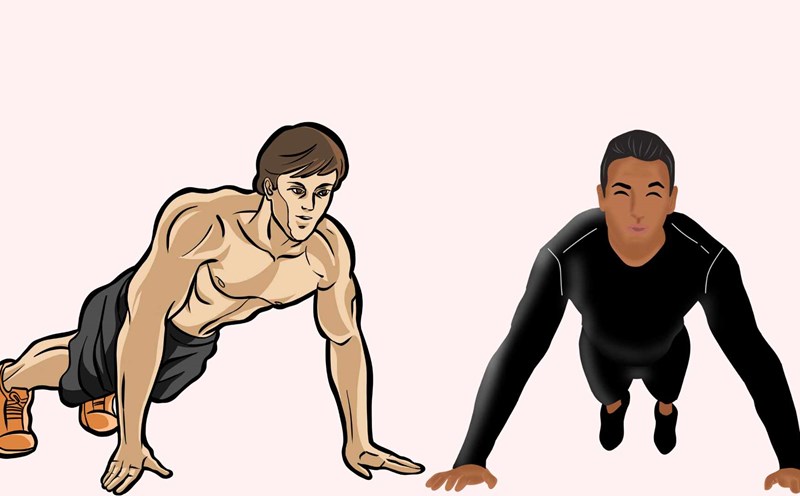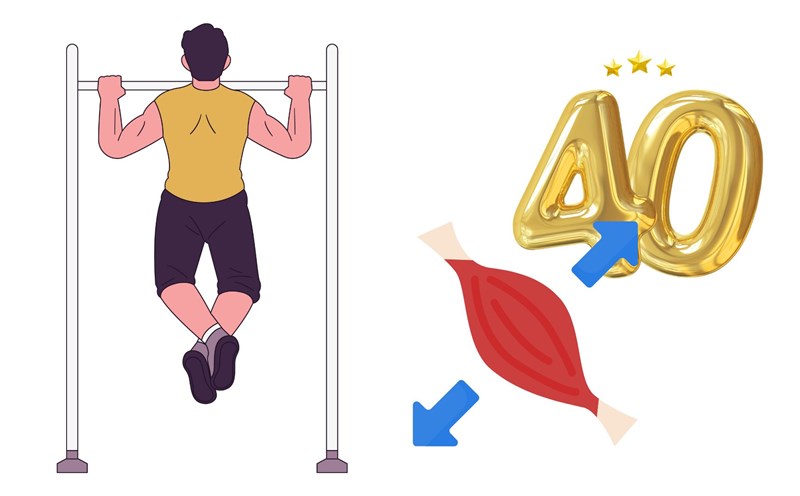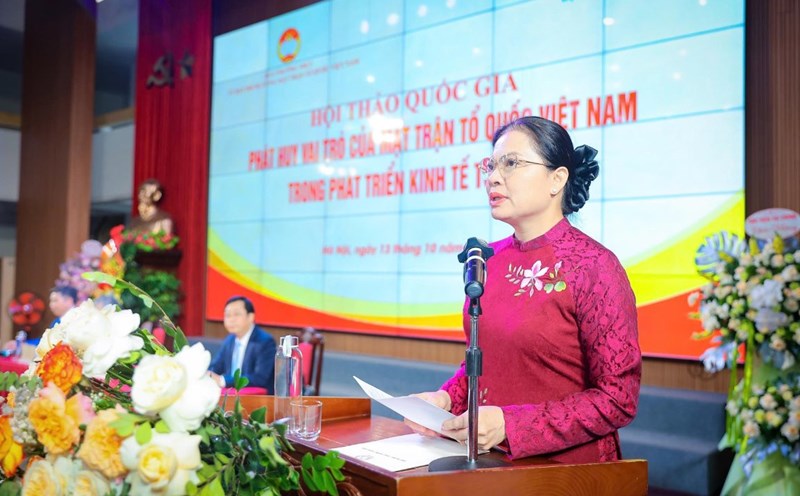At the age of 50, men begin to face many obvious changes in the body. Muscle blockage is reduced if you do not maintain an exercise routine, while muscle strength is also weakened over time. This makes simple things like getting off a chair more difficult than before.
The body's ability to recover is also declining. A feeling of balance is gradually decreasing and the ability to recognize the body's position in space is less accurate - a factor that can easily lead to falls or injuries if regular exercise is not maintained.
However, testosterone levels decrease after the age of 30, making it more difficult to maintain muscle. At the same time, excess fat, especially in the abdomen, is more likely to accumulate. Notably, this process occurs silently and slowly, causing many men to not recognize it until the body begins to send clear warning signals.
Standing exercises help train the body in the right way we exercise every day such as standing, walking, bending, with the hands or rotating. Exercising in familiar positions helps increase strength for key muscle groups, improve natural balance and activate core muscles effectively.
Not only are joint pressure lighter than floor exercises, standing exercises also help maintain bone density - a particularly important factor after age 50. In addition, practitioners can easily increase the difficulty by changing the weight, speed or range of motion. Thanks to the simultaneous impact on many muscle groups, these exercises also save more time while still bringing comprehensive effects to the body.











